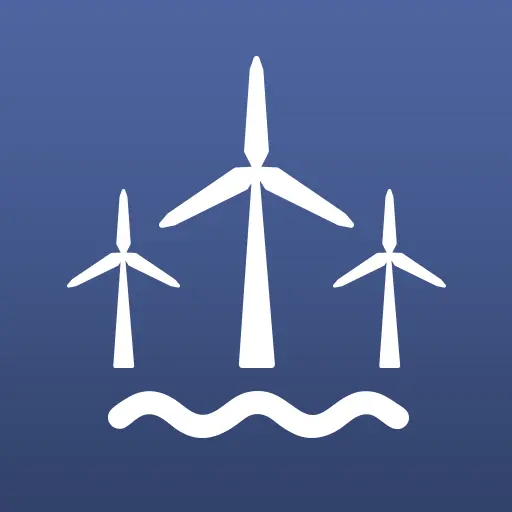
Lithuania’s Ministry of Environment has sent a reply to comments made by Sweden Pelagic Federation PO (SPF) in connection to the Espoo-consultation regarding the planned wind farm outside Klaipeda. The Ministry of Environment has asked if responses are sufficient and if transboundary consultations pursuant to Article 5 of the Espoo Convention can be considered as completed.
SPF believes that there is currently a lack of sufficient knowledge to assess the long-term consequences on herring and sprat of the establishment of offshore wind farms. We seem to share this conclusion with the Ministry of Environment. Nevertheless, comments in the response seem to conclude that there are no risks of negative effects on the stocks and thus the fishing of them.
We are not confident that the presented analysis in the responses provides sufficient information about potential cross-border effects as a basis for well-founded decisions when establishing this wind farm.
The conclusion under this section seems to be that there will be no cross-border effects on herring and sprat from the planned wind farm outside Klaipeda, and that Baltic herring and sprat only will be negatively affected during pile hammering during the installation. It is also stated that the EIA Report indicates that the long-term effect on the herring is estimated as positive due to originating benthic habitats.
We would like to point out that the reply given under section 3.2-3.4 clearly shows that there is a severe lack of knowledge on the long-term effects on herring and sprat of establishment and operation of offshore wind farms, both locally and in a wider area. Cross-border effects can therefore not be ruled out until we have a complete and reliable impact assessment and more knowledge of these potential interactions.
In the reply from the Ministry of Environment we are asked if we have any reliable information regarding harm induced by constant noise on Baltic herring and Atlantic sprat. Unfortunately, we have no such information. We have noted a few reports in Swedish that the pelagic species may avoid windfarm areas, though the data in these was poor. We state similarly with the Ministry that underwater noise effects on marine fauna has been studied insufficiently and there is a need to build up this knowledge to be able to make well-founded decisions regarding the establishment of offshore wind farms.
Regarding the study by Tougaard 1) referred to in the reply, it should again be noted that the underwater sound from a wind farm, unlike the sound from passing larger ships, will be constant and last throughout the life of the park. Moreover, the technology relating to marine wind power develops over time. The parks that are planned today sometimes have other types of foundations or have a greater number of mills that are significantly higher than previous mills. The underwater noise that will be generated by these parks might therefore differ from the parks studied by Tougaard.
We take note of the addition that will be made to the EIA-report.
In the reply it is stated that a complete analysis of the effects of electromagnetic fields is not possible since the specific manufacturer and technical data of the cables are unknown. We understand that this is the case now but would like the analysis to be completed as soon as these facts are known.
Regardless of incomplete knowledge about the effects of, for example, underwater noise, the response we received concluded that there is no risk of negative cumulative effects on the reproduction of herring and sprat. This is of course very positive if it is true. We wonder if the Ministry of Environment has any information on possible effects on pelagic migration and foraging for food because of cumulative effects?
We believe that the long-term cumulative effects on herring and sprat of the planned wind farm outside Klaipeda including other established and planned wind farms in the Baltic Sea are still very unclear.
Annelie Rosell, SPF
1) Source: Tougaard J., Hermannsen L., Madsen P.T. (2020), How loud is the underwater noise from operating offshore wind turbines?, J.Acoust.Soc.Am, 148, doi: 10.1121/10.0002453